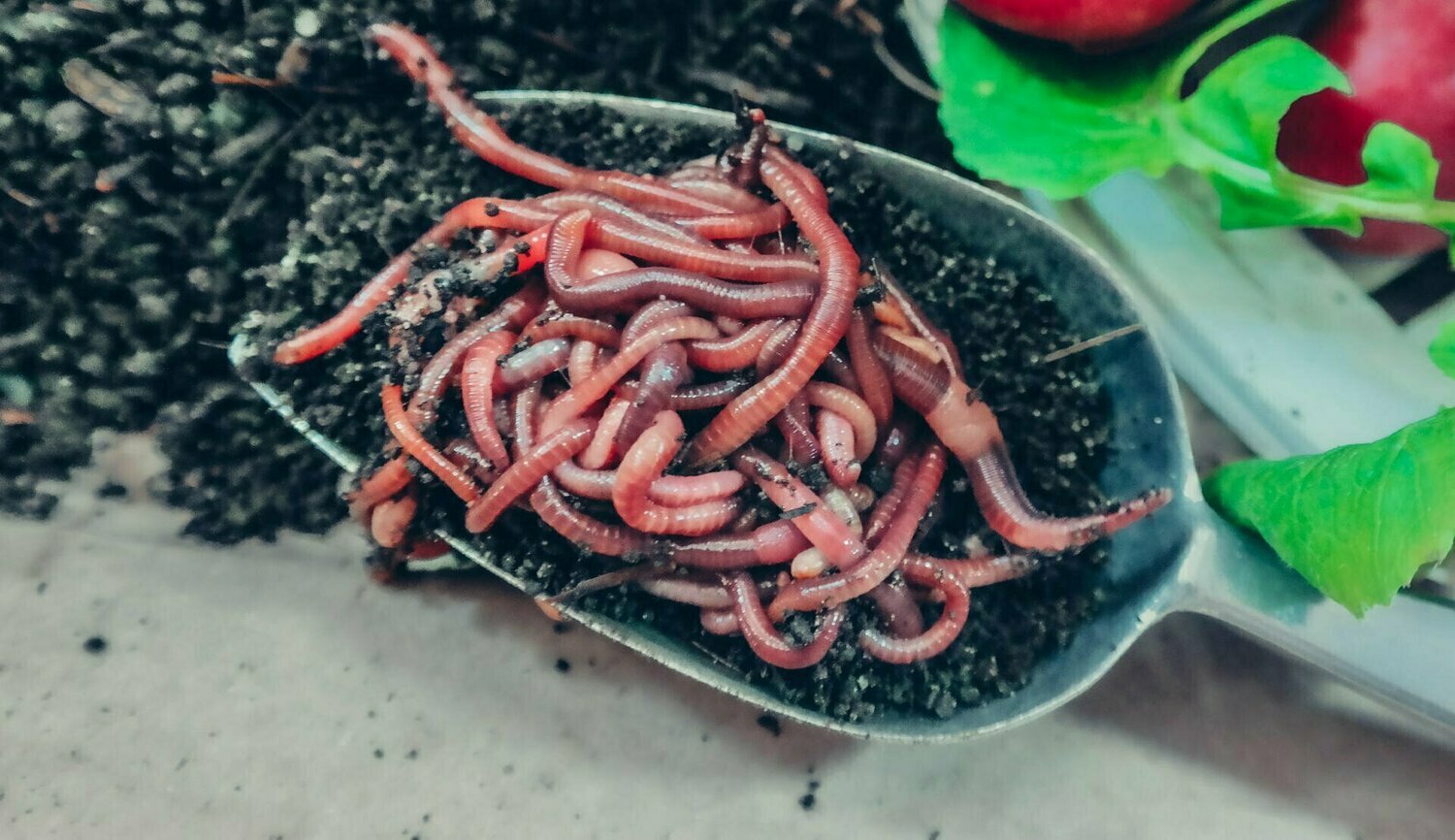Checking Out the Systems of Red Wiggler Composting: A Comprehensive Guide to the Refine and Its Positive Influence On Lasting Gardening Practices
The intricate systems of red wiggler composting, using the special physiology of Eisenia fetida, present an engaging avenue for improving lasting gardening techniques. As urban horticulture gains traction, understanding the subtleties of this composting technique becomes increasingly relevant.
Recognizing Red Wigglers
Red wigglers, medically referred to as Eisenia fetida, are a types of earthworm highly pertained to for their effectiveness in composting organic waste. These worms grow in nutrient-rich settings, specifically in rotting raw material, making them excellent for vermicomposting systems - Red Wiggler Composting. Defined by their reddish-brown coloration and fractional bodies, red wigglers are smaller than common earthworms, generally gauging in between 3 to four inches in length
Their one-of-a-kind physiological traits improve their composting capabilities; for example, they possess a high reproductive price, enabling populations to increase swiftly under ideal problems. Red wigglers consume organic material, simplifying through their digestion systems, which causes nutrient-rich spreadings that function as an exceptional natural plant food. Their voracious appetite enables them to process huge quantities of food waste successfully, dramatically reducing landfill payments.
In enhancement to their composting expertise, red wigglers play an important duty in dirt health. Red Wiggler Composting. They freshen the dirt and assist in the decay of natural matter, more enhancing the soil environment. Comprehending the attributes and eco-friendly advantages of red wigglers is essential for anyone wanting to apply lasting horticulture practices via effective composting methods
The Composting Process
The composting process includes damaging down natural materials into nutrient-rich garden compost, a job that red wigglers succeed at because of their specialized digestive systems. These worms consume food scraps, yard waste, and other organic issue, transforming them into important compost through a series of organic and chemical procedures.
Originally, the raw material is blended with bed linen products such as shredded paper or dried out fallen leaves, developing an optimal environment for the worms. As the red wigglers ingest this blend, they break it down with their gut, where bacteria even more disintegrate the material. This process creates heat, advertising microbial task, which increases decomposition.

Benefits of Red Wiggler Composting
Eco-conscious individuals and several gardeners identify the numerous advantages of red wiggler composting, making it a prominent option for reliable waste management. One of the key advantages is its capability to substantially reduce helpful site organic waste in garbage dumps - Red Wiggler Composting. Red wigglers successfully break down kitchen scraps and various other naturally degradable products, transforming them into nutrient-rich vermicompost that enriches dirt health
Additionally, red wiggler composting boosts dirt framework and fertility. The resulting vermicompost is bursting with helpful microorganisms, which promote plant growth and enhance nutrient retention. This all-natural fertilizer not just supports sustainable horticulture methods yet likewise minimizes reliance on chemical fertilizers, promoting a healthier community.
In addition, red wiggler composting is a space-efficient method, making it perfect for city gardeners with minimal room. The process can be carried out inside or outdoors, allowing for year-round composting no matter climate problems. Moreover, red wigglers are low-maintenance organisms that need minimal care, making them available for newbie gardeners.
Essentially, the advantages of red wiggler composting expand past waste decrease; they add to healthier soils, sustainable horticulture methods, and ecological stewardship, placing it as an important practice in modern gardening.
Ideal Practices for Composting
For successful red wiggler composting, adhering to finest practices is crucial to take review full advantage of effectiveness and make certain an efficient environment for these worms. This balance promotes ideal decomposition and improves the worms' health and wellness.
Following, screen moisture degrees, going for a damp, sponge-like consistency. Extremely damp conditions can result in anaerobic decay, while excessive dryness may hinder worm task. Additionally, ensure appropriate oygenation by transforming the compost frequently, which aids stop compaction and permits for ample oxygen flow.
Temperature level is another vital element. Keep an array of 55 ° F to 77 ° F(13 ° C to 25 ° C) to advertise worm task and microbial development. Prevent introducing meat, dairy products, and oily foods, as these can draw in bugs and develop odors.
Enhancing Sustainable Horticulture
Lasting gardening personifies an alternative strategy that harmonizes environmental principles with functional horticulture strategies. By incorporating techniques such as red wiggler composting, gardeners can Related Site dramatically improve their techniques, cultivating a much more resilient community. Red wigglers, renowned for their effective decay abilities, transform natural waste right into nutrient-rich compost, consequently enhancing the soil without depending on chemical plant foods.
Implementing lasting horticulture methods, such as plant turning, companion planting, and mulching, more enhances the advantages of composting. These practices not only improve dirt structure and fertility yet also advertise biodiversity, drawing in valuable pests and organisms that contribute to plant health and wellness. Making use of native plants can decrease water consumption and lessen maintenance, lining up with water preservation efforts.

Conclusion
In verdict, red wiggler composting represents a crucial method for enhancing lasting gardening methods. Inevitably, the adoption of red wiggler composting can dramatically contribute to green horticulture, benefitting both metropolitan and novice gardeners in their cultivation initiatives.
The detailed systems of red wiggler composting, utilizing the unique physiology of Eisenia fetida, offer an engaging opportunity for boosting sustainable gardening methods. Understanding the qualities and eco-friendly benefits of red wigglers is essential for anyone looking to execute lasting gardening techniques via effective composting approaches.

In conclusion, red wiggler composting stands for a vital method for boosting sustainable gardening methods. Eventually, the fostering of red wiggler composting can substantially add to environmentally friendly gardening, profiting both metropolitan and amateur garden enthusiasts in their growing initiatives.